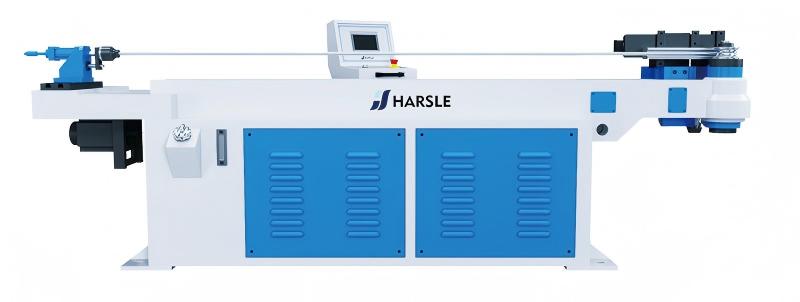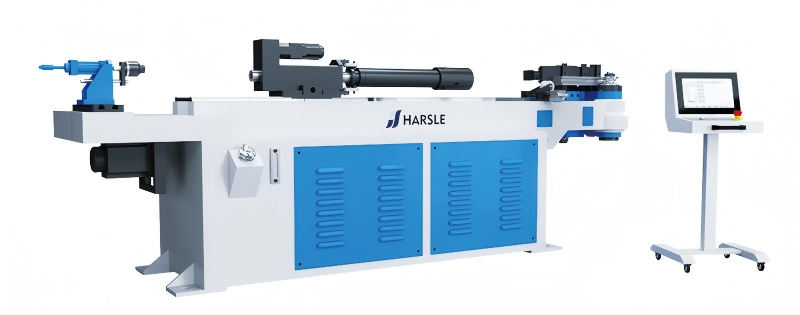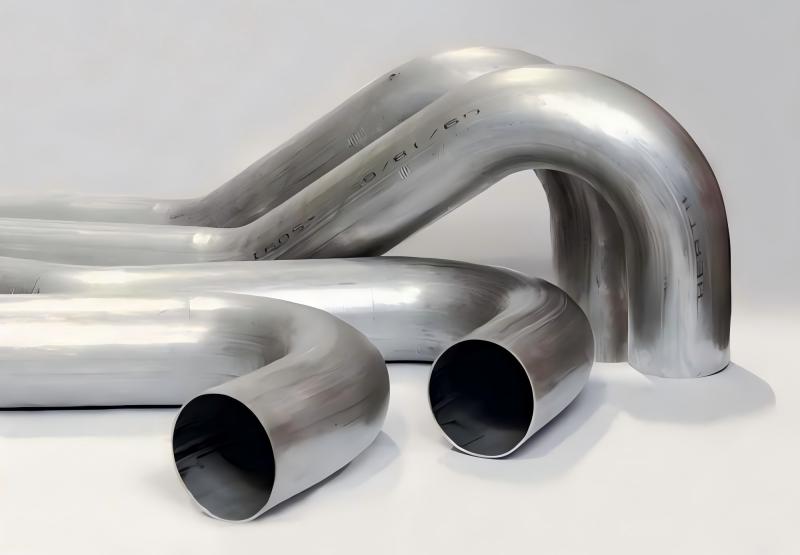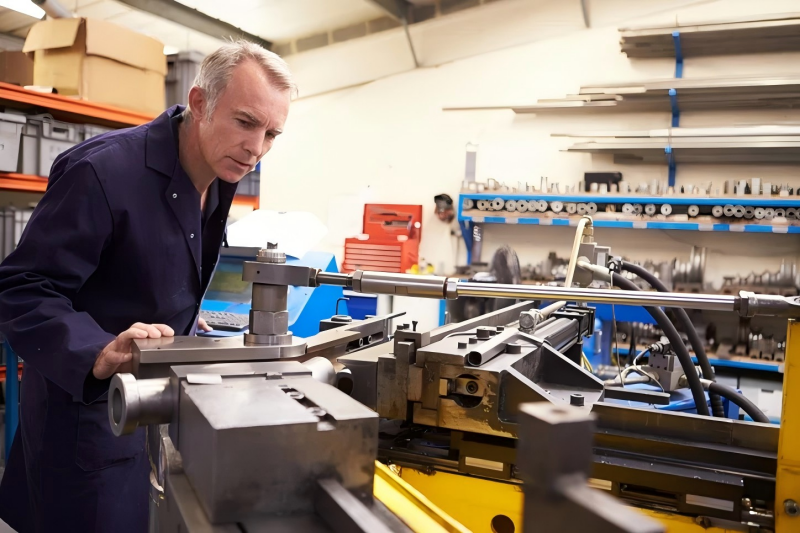Centrum dokumentacji
Kompleksowe instrukcje techniczne i przewodniki, które pomogą Ci opanować obsługę maszyn HARSLE i zoptymalizować wydajność obróbki metali
Jak wybrać najlepszą giętarkę do rur w zależności od umiejętności pracownika?
A Tube Bender for Worker Skill is essential for ensuring that each operator performs at their highest efficiency. Matching the right machine to your team’s skill level helps boost productivity, enhance bending accuracy, and minimize both waste and training time. In this article, I’ll explain how to select the most suitable tube bender according to your workers’ experience, production requirements, and automation preferences. Whether you’re managing seasoned professionals or guiding new operators, this guide will help you make informed and cost-effective decisions for your workshop.
Understanding the Relationship Between Worker Skill and Tube Bender Type
Every workshop has a mix of experienced operators and beginners. Choosing a tube bender that aligns with each worker’s skill level ensures smoother operation, fewer errors, and better long-term performance.
Manual Tube Benders for Experienced Operators

Manual tube benders are best suited for technicians with a strong understanding of bending principles. Skilled workers can fine-tune the angle, speed, and pressure to achieve precise results. These machines are ideal for custom, small-batch, or prototyping jobs where flexibility and craftsmanship matter more than speed.
NC Tube Benders for Semi-Skilled Workers

NC (Numerical Control) tube benders are perfect for operators with moderate experience. They provide a balance between manual control and automated precision. Workers can program the bending angle and radius while still adjusting certain parameters manually. This setup allows for consistency and repeatability while keeping operators engaged in the process.
Giętarki do rur CNC for Beginners and High-Volume Production

CNC (Computer Numerical Control) tube benders are the best choice for workshops that rely on automation and less manual input. Even less-experienced operators can run complex jobs by selecting pre-set programs. CNC tube benders come with servo-driven axes, automatic mandrel lubrication, and simulation software—features that reduce error and training time.
Key Factors to Consider When Selecting a Tube Bender for Worker Skill
1. Automation Level and Ease of Use
When evaluating machines, consider how easily your workers can learn and operate them. If your team includes new hires, a CNC tube bender with touchscreen interfaces and automatic correction functions can significantly shorten the learning curve.
2. Material and Tube Size Handling

Operators must be comfortable managing the specific material type and thickness your production requires. Skilled workers may handle stainless steel or titanium manually, but less experienced staff should use automated bending machines with preset parameters for aluminum or copper tubing.
3. Safety Features and Operator Confidence
Safety systems such as auto-stop sensors, protective covers, and warning alerts not only protect workers but also build operator confidence. Choosing a machine with smart safety features allows less-skilled employees to focus on quality rather than worrying about potential errors.
4. Maintenance Requirements
More advanced workers can handle machines that need frequent adjustments or manual lubrication. For teams with limited technical knowledge, a low-maintenance or self-diagnostic CNC bender is a smarter investment, reducing downtime and the risk of misconfiguration.
Training and Skill Development with the Right Giętarka do rur

A well-chosen machine doesn’t just perform—it helps your workers grow. Many modern Tube Benders for Worker Skill improvement include built-in training modes, simulation software, and guided programming steps. Over time, this helps operators understand bending logic and machine behavior more deeply, leading to better productivity and fewer mistakes.
Step-by-Step Training Approach
- Start with Simple Jobs: Assign basic angles and materials to build confidence.
- Gradually Increase Complexity: Introduce multi-radius or multi-plane bends as operators progress.
- Review Results and Optimize Settings: Encourage feedback sessions between workers and supervisors to refine parameters and reduce scrap rates.
Common Mistakes When Matching Worker Skill to a Tube Bender
- Over-Automation for Skilled Workers: Highly skilled operators may feel limited by excessive automation, which can reduce flexibility and job satisfaction.
- Under-Automation for New Workers: Giving complex manual benders to inexperienced staff leads to wasted material and slower production.
- Ignoring Maintenance Capability: Operators should always be capable of performing the level of maintenance required by the machine type.
Często zadawane pytania
What is the best Tube Bender for beginner operators?
For beginners, a CNC tube bender with pre-set programs and automatic correction functions is ideal. It reduces the need for manual adjustments and minimizes the chance of bending errors.
Can skilled workers still benefit from CNC tube benders?
Absolutely. Skilled operators can take advantage of the CNC’s precision and repeatability to handle complex projects faster while maintaining high quality.
How can I train workers to use a new tube bender efficiently?
Start with short training sessions focusing on interface navigation and safety features. Gradually move to programming and simulation exercises before handling real production tasks.
What safety precautions should workers follow?
Always check clamps and mandrels before operation, wear protective gloves and glasses, and ensure that the emergency stop button is functioning properly before each shift.
Wniosek
Wybór właściwego Tube Bender for Worker Skill is more than a technical decision—it’s a strategic investment in your team’s productivity and safety. By understanding your workers’ experience levels and matching them with the appropriate bending technology, you’ll achieve better accuracy, faster throughput, and fewer production issues.













